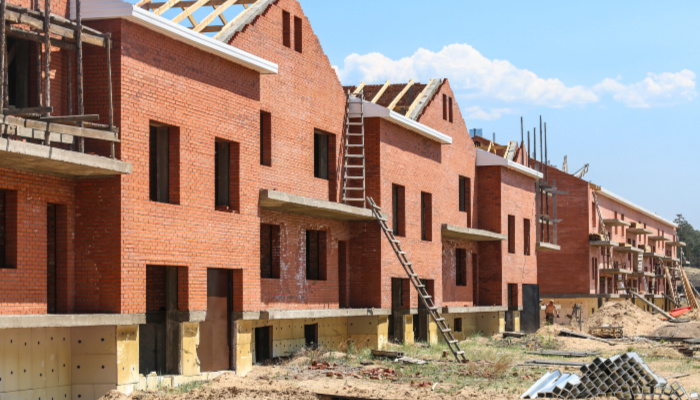
This is an interesting time in real estate, to put it mildly. Record-high prices and lightning-fast sales make it seem almost impossible to keep up. But of all the record-breaking benchmarks, the low inventory across US markets is the one that has us most stressed.
Numbers Don’t Lie
In January of 2018, the number of homes o the market was 6.2 million—compared to 14.3 million in 2009. The U.S. Census has been tracking this data since the 1960s, and the ratio of homes available compared to population size has never been bigger.
Of the 50 biggest housing markets in the country, 39 saw shrinking inventory in recent years. That’s not a brief blip on the radar. That’s a trend. And while the trend is very slowly starting to reverse in some places, we’re still seeing high prices, bidding wars, and inventory that’s as picked over as a department store the day before Christmas.
Why Are We Seeing a Housing Shortage?
Simply put, blame Wall Street. Okay, back up to the financial crisis that kicked off the recession. When the bubble burst, nobody was buying. Builders closed up shop, and far too many people lost their homes to foreclosure. Now that things have turned around, people are hungry to buy homes again. The problem is that supply cannot keep up with demand.
Cities Struggling with Inventory
Realtor.com looked at a number of metropolitan areas across the country to see which markets were experiencing the biggest housing shortage. In California, Sacramento lost just over 10.4 million square feet from the market. The median home price in Sacramento is about $450,000—a bargain compared to San Francisco or San Jose. New construction is lagging behind demand there, with newly built homes making up just 1.9 percent of the overall listings.
On the other coast, Charlotte, North Carolina, can’t keep up with the influx of new workers. The population of the Charlotte metro area rose 14 percent in less than a decade. Unlike Sacramento, Charlotte builders are hard at work producing new residential homes. But they can’t keep up with skyrocketing demand.
Detroit is in an interesting place these days. After the recession, it was essentially a ghost town. Almost every major manufacturer cut back or closed up shop entirely. But these days the downtown is undergoing a massive revitalization. People are so eager to get in on the ground floor of the new Detroit that the metro area has seen a 46 percent decrease in inventory.
Finally, Minneapolis has lost 12.6 million square feet of available real estate. That’s the equivalent of 2.6 Malls of America! Minneapolis attracts new residents with its relatively modest home prices, friendly people, and thriving culture. That kind of bargain means more potential buyers than homes for sale.











